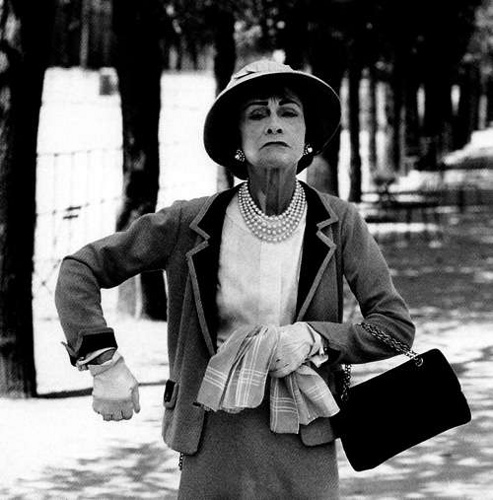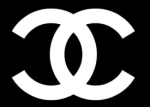 Ossie Clark and Celia
Birtwell: Husband
and Wife duo Clark and Birtwell brought the art and fashion world together in
the 1970s. Due to their divorce in 1974 their career was short lived and often unappreciated
but this pair were at the heart of the 70s bohemian movement. As an artist
Celia Birtwell would produce textile designs inspired by art deco floral
patterns and Clark would then create garments from them. He perfected the midi
and maxi lengths of the time producing Birtwell's artwork in evening dresses, as
sleeve features or as overdresses. Clark's free flowing cutting style was
developed from his fascination with the 1930s bias cut which he reintroduced to
the fashion world. The Hippie look could be achieved with his puffed out sleeves, narrow cuffs and chiffon trouser suits. Birtwell's bold patterns and
colours created unique pieces of fashion artwork. The amalgamation of exquisite
tailoring and unique artistic ability created iconic 70s style.
Ossie Clark and Celia
Birtwell: Husband
and Wife duo Clark and Birtwell brought the art and fashion world together in
the 1970s. Due to their divorce in 1974 their career was short lived and often unappreciated
but this pair were at the heart of the 70s bohemian movement. As an artist
Celia Birtwell would produce textile designs inspired by art deco floral
patterns and Clark would then create garments from them. He perfected the midi
and maxi lengths of the time producing Birtwell's artwork in evening dresses, as
sleeve features or as overdresses. Clark's free flowing cutting style was
developed from his fascination with the 1930s bias cut which he reintroduced to
the fashion world. The Hippie look could be achieved with his puffed out sleeves, narrow cuffs and chiffon trouser suits. Birtwell's bold patterns and
colours created unique pieces of fashion artwork. The amalgamation of exquisite
tailoring and unique artistic ability created iconic 70s style. Roy Halston: Halston constructed the slender sex
appeal of 70s fashion. He aimed to promote a modern silhouette by introducing
the use of synthetic fabrics in high end fashion. Beginning as a Milliner in
Bergdorf and Goodman catering to the rich and famous Halston established a star
studded fashion flock. His sheep included Bianca Jagger, Liza Minnelli and
Elizabeth Taylor . He was a permanent fixture on the disco scene during the 70s
spending time with his clients in Studio 54. Halston became the U.S's first
star dresser, he possessed an ability to tend to women's fashion needs,
emphasizing their assets and masking weaknesses. He released collections that
featured casual cashmere dresses and slender pantsuits. Perhaps his greatest
success was his development of the shirt dress using Ultrasuede a synthetic mix
of polyester and polyurethane. He preserved the luxurious simplicity of 1970s
fashion.
Roy Halston: Halston constructed the slender sex
appeal of 70s fashion. He aimed to promote a modern silhouette by introducing
the use of synthetic fabrics in high end fashion. Beginning as a Milliner in
Bergdorf and Goodman catering to the rich and famous Halston established a star
studded fashion flock. His sheep included Bianca Jagger, Liza Minnelli and
Elizabeth Taylor . He was a permanent fixture on the disco scene during the 70s
spending time with his clients in Studio 54. Halston became the U.S's first
star dresser, he possessed an ability to tend to women's fashion needs,
emphasizing their assets and masking weaknesses. He released collections that
featured casual cashmere dresses and slender pantsuits. Perhaps his greatest
success was his development of the shirt dress using Ultrasuede a synthetic mix
of polyester and polyurethane. He preserved the luxurious simplicity of 1970s
fashion. 












































